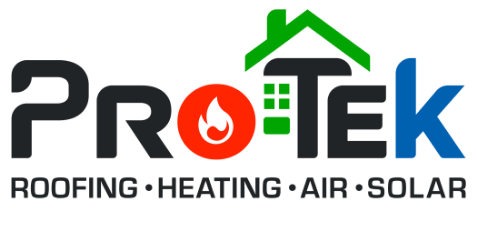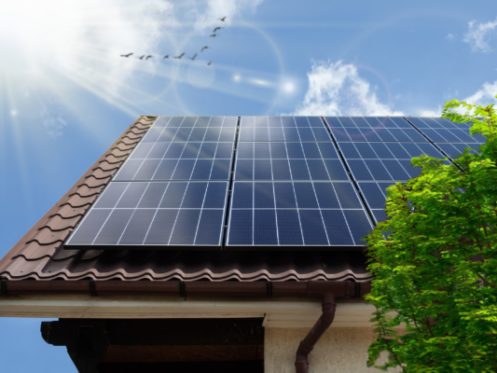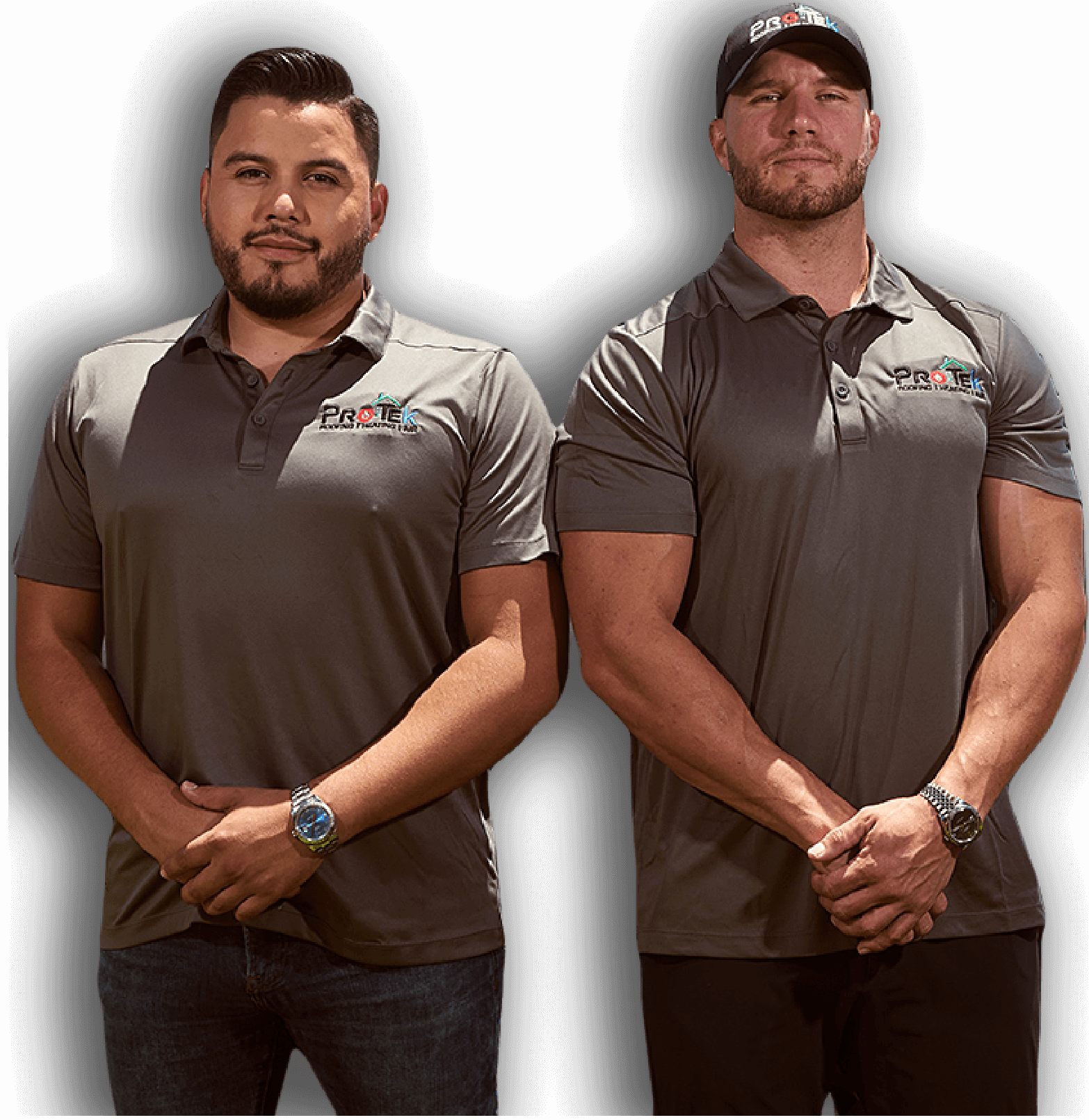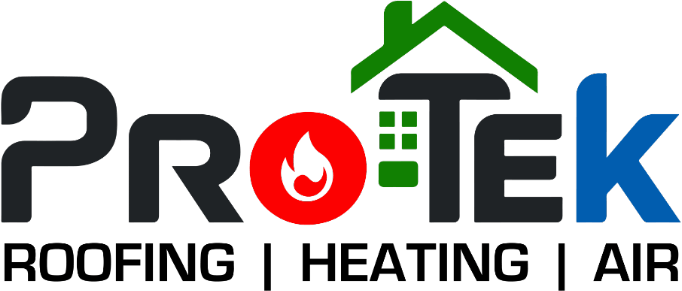Residents of Tampa, FL, know better than most that our electric grid is often fragile. They see that in action every time a hurricane strikes and their home loses electrical service. On top of that, Floridians also understand that renewable electricity is the way forward. It offers better stability and has less of an environmental impact than electricity generated by fossil fuel-powered generators.
The trouble, for many years, was that renewable power was too expensive an option for homeowners in the area. Today, however, rooftop solar power offers a cost-effective, reliable renewable energy option for homeowners in the region. If you’re a homeowner interested in rooftop solar, you should first learn how solar panels work. In this guide, we’ll discuss what they are, how they generate electricity, and how your home can use them to meet its power needs.
What Are Solar Panels?
Solar panels — or photovoltaic panels — are devices that convert the sun’s rays into usable electricity or heat. They have a history going back to 1839 when French physicist Edmund Becquerel discovered that certain materials produced an electric current when exposed to sunlight. He named the process that led to the current’s production the photovoltaic effect.
In the years since then, scientists around the world have looked for new materials that exhibit the photovoltaic effect. They’ve done so in pursuit of a cheap, plentiful material that converts the sun’s rays into energy as efficiently as possible. Their work paid off in the form of today’s solar panels, which use materials like silicon, phosphorus, and boron to deliver energy efficiency rates between 16% and 22% on average.
At that rate, when combined with the cost of manufacture, it’s now possible to deploy residential solar panel systems that produce electricity at a competitive price with utility company rates. In other words, the latest solar panels are efficient enough to be an excellent investment for homeowners. Plus, they allow Florida residents to power their homes independently from the power grid, which is essential during hurricane season.
How the Photovoltaic Effect Works
To understand how solar panels work, you’ll need to understand the photovoltaic effect. Although the science behind it is somewhat complex, understanding the basics of the process is easy. Most of today’s solar panels exploit the photovoltaic properties of silicon.
In a solar panel, you’ll find two layers of silicon. Critically, each features a special chemical treatment that creates an electric field between them when pressed together. Typically, you’ll find one panel treated with phosphorus and the other with boron. The chemical properties guarantee that one silicon panel will create a negative charge while the other makes a positive charge.
When the sun’s rays strike the solar panel, the electric field created at the junction forces electrons to flow toward metal elements at the edges of the panel. Those elements capture the loose electrons coming from the junction. The result is a steady flow of electrical current from the panel.
The process doesn’t end there, however. The power from a single solar panel is nowhere near enough to power an entire home. Nor is it the type of current that modern household appliances use. So you’ll find additional hardware in a typical residential rooftop solar installation to fix those problems.
The Major Parts of a Rooftop Solar System
A rooftop solar power system will feature multiple solar panels connected in a series or parallel. Together, the panels will produce the desired energy required for the home. However, the house can’t simply use the power from the panels because the power produced by solar panels is a direct current. However, all of the devices and appliances in your home require alternating currents. It’s an alternating current that the electric grid provides to your home.
In order to convert the direct current coming from the solar panels into something usable in your home, a rooftop solar panel system will include a power inverter. It’s a device capable of turning direct current into alternating current. Most inverters also feature monitoring hardware that allows you to see how much power your solar panels produce at any time.
The final major component of a rooftop solar system is an electrical panel. The electrical panel is where the inverter connects to the wiring inside your home to deliver its electricity. In some installations, the board might also include a master switch that allows you to shut off the power flow into your home. It also doubles as an emergency shutoff or when you need to perform maintenance on the wiring inside your home.
What Happens When There’s No Sun?
At this point, you may wonder how solar panels can power your home at night or when the sun’s not shining. There are two primary options for those situations. One is to use your rooftop solar system in concert with traditional grid power. In that setup, you’d also have a special power meter that tallies how much energy your solar system creates.
When you’re not using the power from your panels, it flows back into the grid for others to use, and you get a credit on your power bill for the amount produced. Then, at night, or when you require more power than your panels produce, your home can still tap into additional power from the power grid. The result is a much cheaper power bill and a bit of insurance that you’ll never run short of electricity.
Alternatively, you could also install a battery storage system in your home. With one in place, you’d need enough solar panels to cover your electrical needs during the day and to charge your batteries simultaneously. Then, at night or when the sun’s not shining, your home can draw power from the batteries and operate as usual. A system with a battery backup can also stay connected to the grid to sell excess energy and provide a backup power source. It will, however, also include a switch that can disconnect the home from the grid in case of a grid power failure.
Consult the Solar Power Experts
Now that you know how solar panels work and how they can power your home, you may wish to learn more. There’s no better place to turn than Protek Roofing, Heating, Air & Solar. The team has years of experience with solar power systems and has watched them evolve into the viable option for Tampa homeowners that they are today. That’s not all, though.
Protek Roofing, Heating, Air & Solar also offers a complete range of HVAC and roofing services. We’re the name to know whether you’re interested in solar power, a new air conditioning system, or a roof repair. Our highly-trained technicians go the extra mile to provide quality, customer-centric services at a fair price. You won’t find a more trustworthy service provider anywhere in the Tampa area. Our goals are integrity, craftsmanship, world-class customer service, and setting the industry standard in communication. You can always count on us to be honest, fair, and respectful.
So, if you’re ready to discuss how solar power can work for you and your home, contact Protek Roofing, Heating, Air & Solar today, and we’ll be happy to discuss your options!




